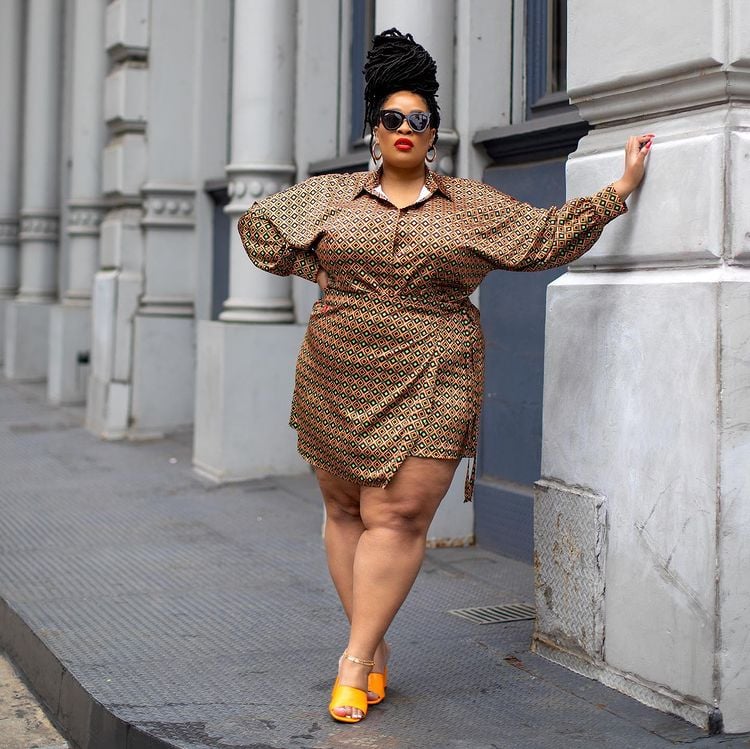The fashion industry has been notoriously slow to embrace diversity, but in recent years there has been a push for more inclusion of plus Black plus size models on the runway. While there have been some strides made, there is still a long way to go.
we will take a look at the current state of black plus-size models on the runway. We’ll discuss the few that are making waves and calling for more diversity in the fashion industry as a whole.
The current state of black plus-size models in the fashion industry
Despite the fact that 67% of American women wear a size 14 or above, very few plus-size models are represented in the fashion industry, especially black plus-size models. In 2016, there were only 12 black plus-size models signed to major modeling agencies. And of those 12 models, only 2 were over a size 20.
This lack of representation is even more evident on the runway. During New York Fashion Week in September 2018, there were a total of 41 shows that featured plus-size models. However, out of those 41 shows, only 3 featured
This lack of diversity not only excludes black women from the fashion industry, but it also sends a message that they are not beautiful or worthy enough to be represented. It’s time for the fashion industry to start being more inclusive and representative of all women, no matter their size or skin color.
The history of black plus-size models
The history of models is a long and complicated one. While there have been a few models who have made it big in the fashion industry, the vast majority of them have been relegated to the sidelines.
The first black plus-size model to make a splash on the mainstream fashion scene was Micki Rose, who was featured in several magazines and runway shows in the early 1990s. However, her career was short-lived and she quickly disappeared from the public eye.
It wasn’t until 2006 that another black plus-size model, Liris Crosse, made waves in the fashion industry. She was featured in an ad campaign for Lane Bryant and also landed a spot on the cover of Vogue Italia. However, her career has largely been limited to modeling for plus-size brands and she has yet to achieve true mainstream success.
The challenges black plus-size models face in the industry
There are very few models on the runway. This is because the fashion industry is still largely geared toward thinner models. models face many challenges when trying to break into the industry.
One of the biggest challenges is finding designers and brands who are willing to work with them. There is a limited amount of plus-size clothing available, and even fewer designers who cater to this market. As a result, black plus-size models often have to make do with whatever styles and sizes they can find.
Despite these challenges, there are a few models making waves in the fashion industry. Ashley Graham has become one of the most well-known models in recent years, and she is helping to pave the way for other black women in the industry. Hopefully, as more designers
The future of black plus size models in the fashion industry
In recent years, we have seen a rise in the number of models gracing the runway. This is a much-welcomed change, as fashion has been historically dominated by thin, white models. However, there is still a long way to go in terms of diversity and inclusion in the fashion industry.
However, there is still a lack of diversity when it comes to body type, size, and race. The future of models in the fashion industry looks bright. We are hopeful that designers will continue to be more inclusive and showcase a wider range of beauty standards on the runway. This would not only be great

